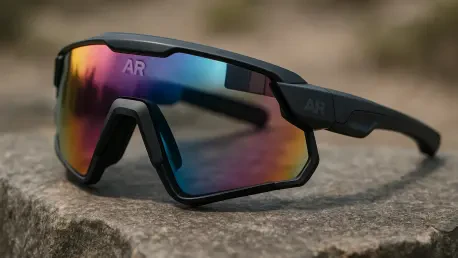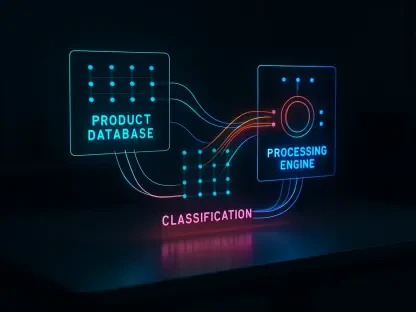Diving into the future of competitive cycling, we’re thrilled to speak with Nia Christair, a visionary at Draco Intelligence who’s revolutionizing the sport with cutting-edge technology. With a deep background in mobile solutions, app development, and hardware design, Nia is spearheading the creation of the Dragon glasses and Modo tactical system—augmented reality innovations poised to transform how cyclists and team directors interact during races. In this interview, we explore the inspiration behind these groundbreaking tools, the unique features that set them apart, the potential impact on race dynamics, and the challenges of bringing such futuristic tech to life.
How did the idea for the Dragon glasses and Modo system come about, and what gap in competitive cycling were you aiming to address?
The idea stemmed from a real frustration in the sport—communication and situational awareness during races can be clunky and limited with traditional earpieces. Cyclists and directors needed a way to access real-time data and instructions seamlessly without breaking focus. At Draco Intelligence, we saw an opportunity to leverage augmented reality to bridge that gap, creating a direct line of sight for critical information. It’s about giving athletes and teams the tools to react faster and smarter in the heat of the moment.
What sets the Dragon glasses apart from other sports tech gear available to cyclists today?
The Dragon glasses are a game-changer because they’re not just another gadget—they’re an integrated solution. Weighing just 36 grams, they’re lightweight yet powerful, connecting with platforms like Garmin Connect, Training Peaks, and Strava. Instead of glancing down at a cycle computer, riders see key data—speed, power, heart rate—right on the screen in their field of vision. It’s about minimizing distraction and maximizing performance, which is something traditional setups can’t match.
Can you walk us through how the Modo tactical system empowers team directors during a race?
Modo is like a command center for directors. It pulls in real-time data from each cyclist’s Dragon glasses—things like position, speed, and biometrics—and displays it all in one interface. Directors can instantly assess the race situation and send precise instructions, like ‘attack in 50 meters’ or ‘start the climb in 1 kilometer,’ directly to the rider’s glasses. It’s a huge leap from radios, where messages can get lost or delayed. Modo ensures clarity and immediacy, which can make or break a race strategy.
In what ways do you think this technology will reshape the relationship between cyclists and their teams during high-stakes races?
I believe it’s going to create a tighter, more responsive bond between riders and directors. With real-time data and instructions right in front of their eyes, cyclists can act on strategy without second-guessing or losing focus. For teams, it’s a competitive edge—those who adopt this tech early could dominate through better coordination. However, it’s also about balance; we’re mindful that too much information could overwhelm a rider in high-pressure moments, so we’re fine-tuning how data is prioritized and displayed.
Where are the Dragon glasses and Modo system in terms of development, and what’s next on the horizon?
We’re at an exciting stage—prototypes are in hand, and we’re actively testing with a few World Tour teams. Their feedback is invaluable, helping us refine everything from user interface to comfort. We’re iterating quickly to ensure the system meets the brutal demands of professional racing. The next steps involve broader testing and scaling up production, with the goal of getting this into races as soon as possible.
What have been some of the biggest hurdles in developing this technology, and how are you tackling them?
Developing AR for something as intense as cycling comes with unique challenges. Battery life is a big one—riders need the glasses to last through long stages, so we’re optimizing power efficiency without sacrificing performance. Comfort is another focus; at 36 grams, the glasses are light, but we’re still tweaking the fit for hours of wear under tough conditions. Then there’s data accuracy—ensuring what riders see is spot-on in real time. We’re addressing these through rigorous testing and close collaboration with athletes to get it right.
Looking ahead, what’s your forecast for the role of augmented reality in competitive cycling over the next decade?
I think AR is going to become a cornerstone of the sport. In ten years, I envision every pro cyclist using some form of AR to access data and tactics on the fly—it’ll be as standard as power meters are now. Beyond that, I see it expanding into training, fan engagement, and even amateur cycling, where riders can experience pro-level insights. The potential is massive, and we’re just scratching the surface of how this tech can elevate the entire sport.









